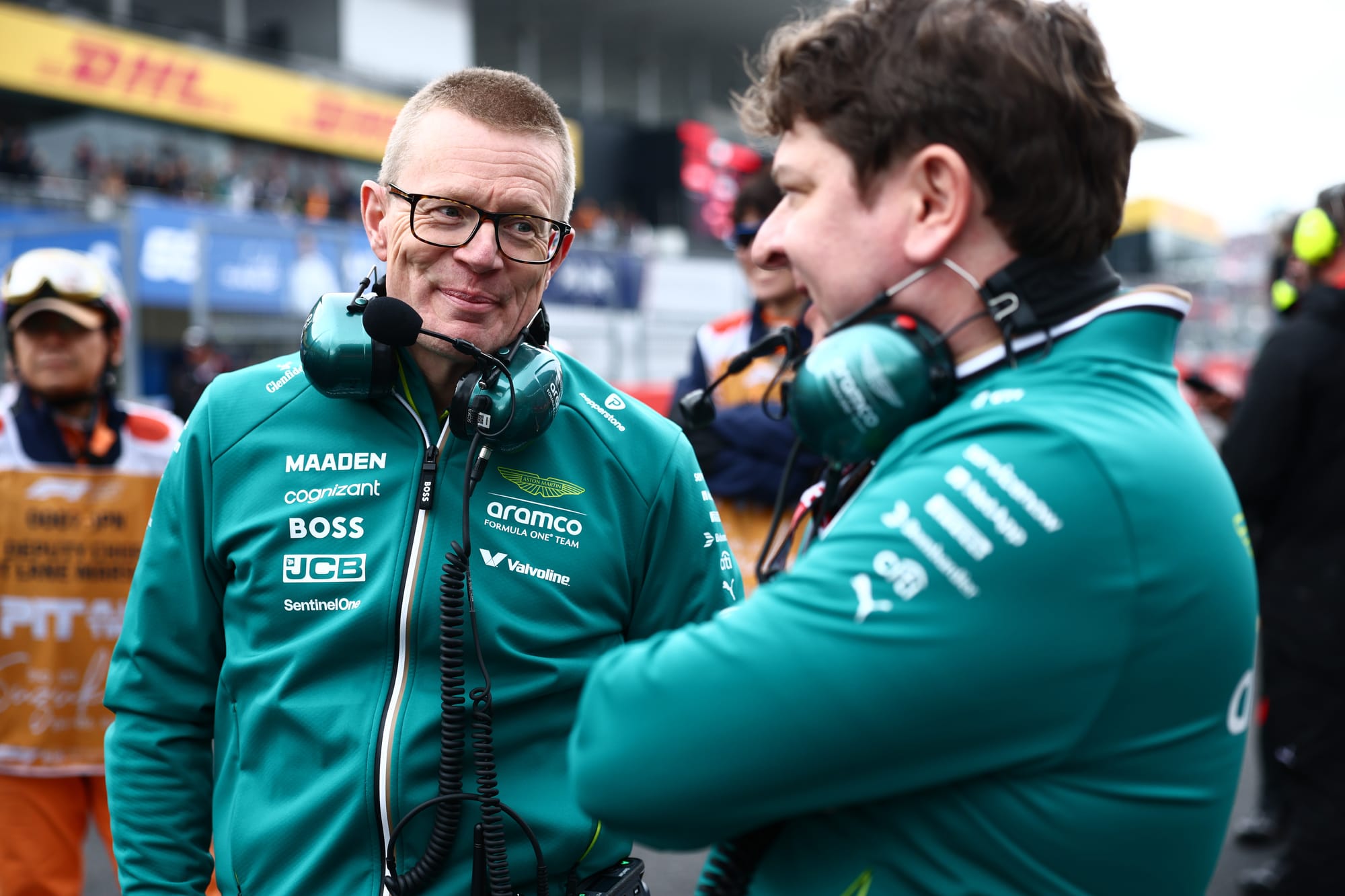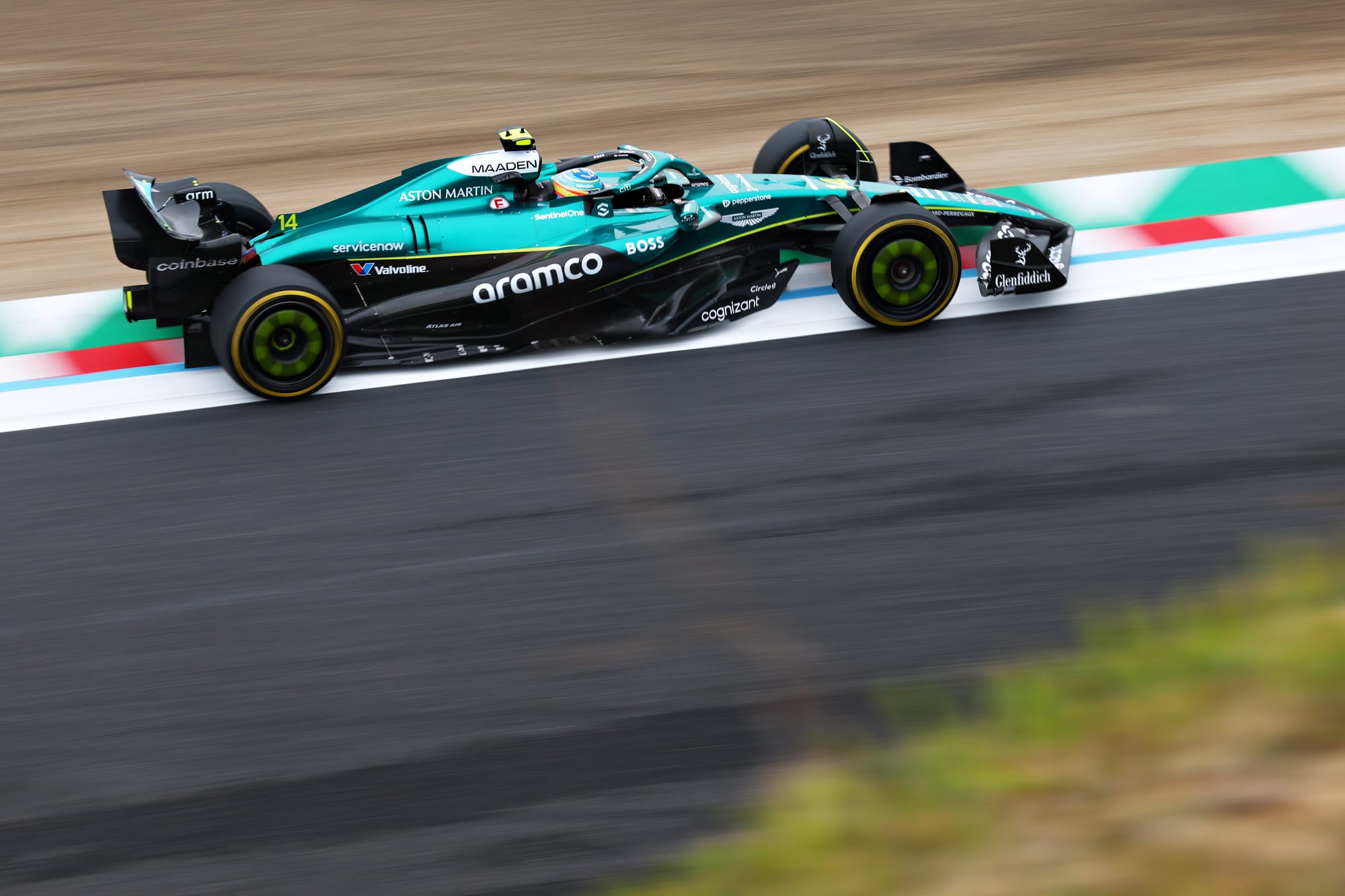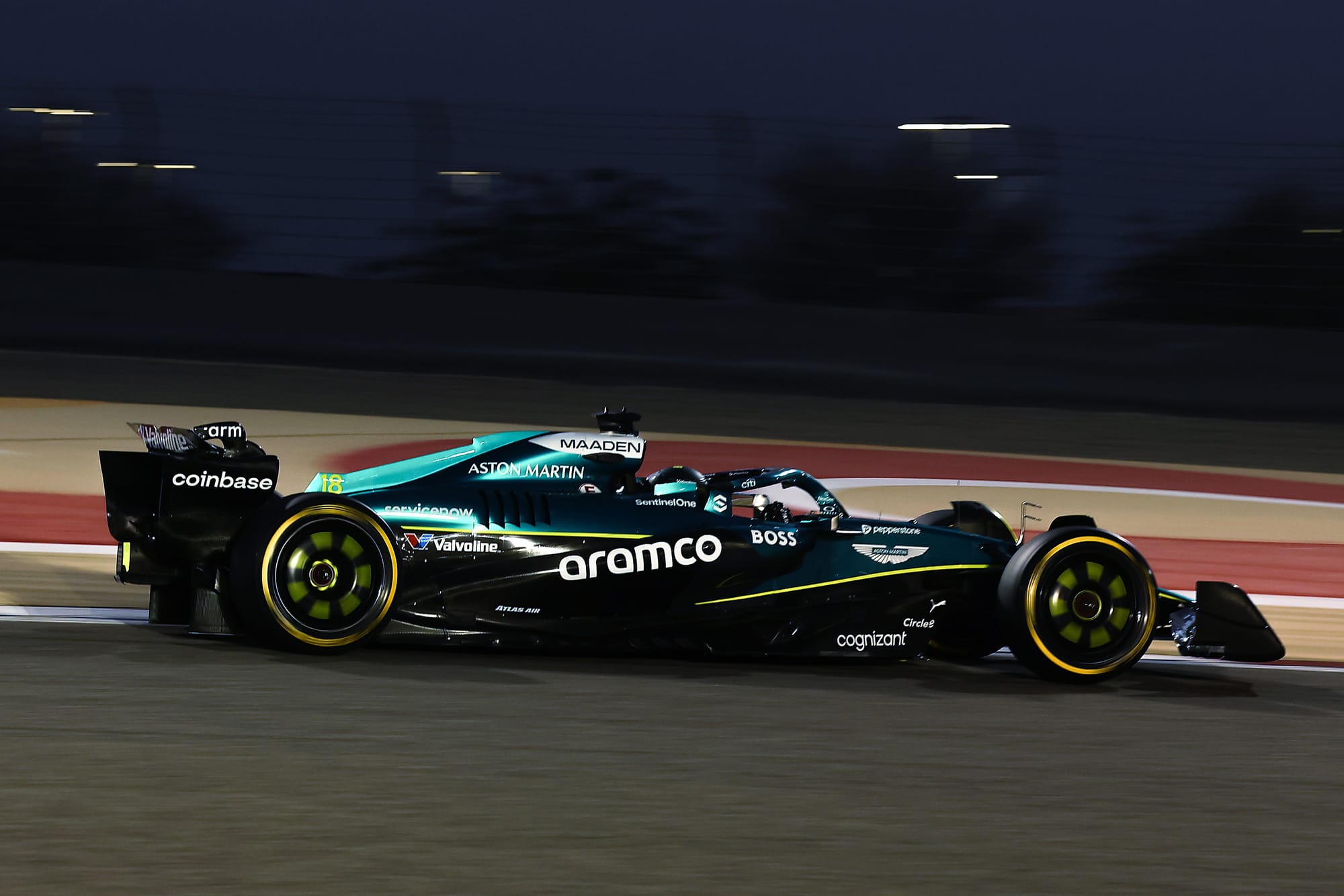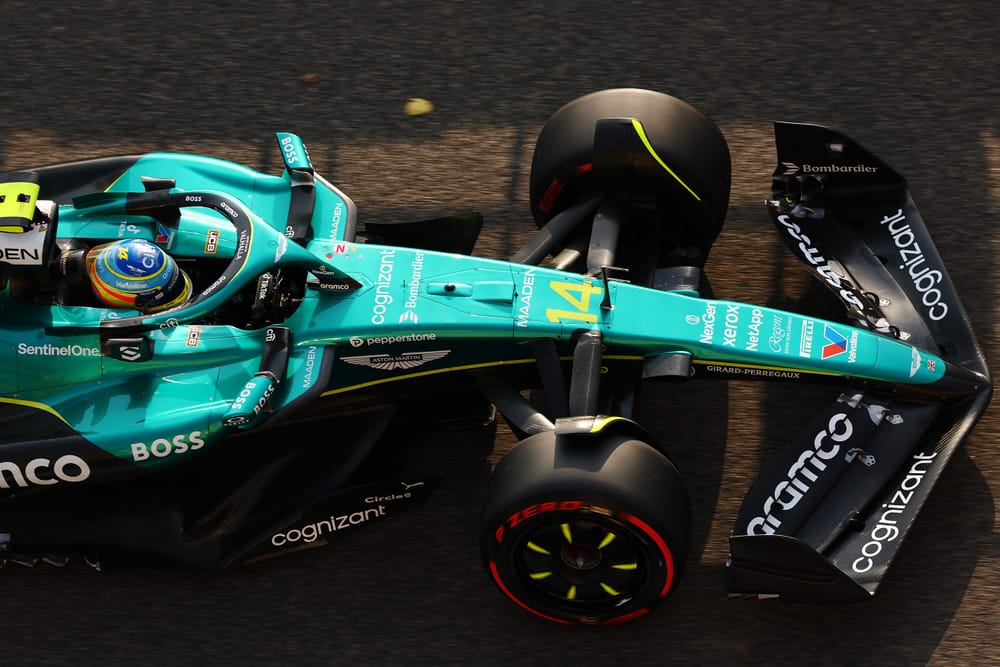Aston Martin is sticking to its guns that, despite the troubles it is facing with its current Formula 1 car, design genius Adrian Newey will not be pulled away from its 2026 efforts.
But that does not stop the team having faith that Newey's influence can still be made use of to help it turn around what has been a disappointing start to the season.
With Newey only having arrived in March, and there now being just nine months until the next generation of F1 cars hit the track for the first time, Aston Martin does not want any of his efforts to be pulled back to its current struggles.
As Aston Martin CEO Andy Cowell said at the Saudi Arabian Grand Prix, after two consecutive races without a point, there is no change to where the squad wants Newey to concentrate.
"100% of Adrian's designing time is focused on '26," explained Cowell.
"He joined in March, so there was a period of him getting up to speed with the regulations, up to speed with the concept work we'd been doing in the preceding couple of months.
"And there are some tough deadlines to meet for releasing monocoque details, transmission details.
"And the cars are running earlier for the '26 season, the test is at the end of January, so getting a car ready for that point requires slightly earlier decision points.
"Everything's new - there's zero carryover - so there's lots of work there and Adrian's just been focused on that."
Although the team does not want Newey to spend any of his time helping it get to the bottom of what has gone wrong with its 2025 challenger, that does not stop it feeling that he can still help from afar.
And the primary way it sees that is through Newey casting his critical eye over the ways that Aston Martin develops its car, with the suggestion very much being there is a lot of room for improvement.
As Cowell said: "There's value in Adrian understanding the tools that we've got - the fidelity of those tools, the precision with which they predict what's going to happen on the race track, yes."

And asked by The Race whether Newey would have an indirect influence on the 2025 Aston Martin by scrutinising the team's methodologies, Cowell said: "Absolutely.
"With the methods and the tools and the approach that's taken to looking at the data, interpreting the data and also prioritising what you feel is the best thing to chase in order to create a car that can be driven around a track quicker."
While Newey is said to have been impressed by the state-of-the-art facilities that Aston Martin has built at Silverstone, the suggestion from Cowell is that how they are being used is far from perfect.
"Adrian's hugely complimentary about the campus, and has been positive about the tunnel that we've got and the way that everything's been set up," added Cowell.
"He is of course, though, pushing for us to improve the way we operate in the tunnel, the way we operate with CFD, the way we operate with lap simulations - so pretty much everything Adrian's got thoughts on how to improve.
"And that's the great thing of Adrian's competitive drive - and he balances it up very well in terms of, 'That bit's fine, it's this bit we need to work on'."
Why the processes matter

Correlation between aerodynamic testing tools such as the windtunnel and CFD and the real world isn't simply about the fidelity of the data generated. It's also about the way that data is used and what numbers you are chasing.
Under the pre-2022 regulations, downforce gained - provided it was consistent and allowed for a good aero balance - would always mean added performance.
With the current cars, it's less straightforward because of the sensitivity of the cars when close to the ground and the myriad complexities in terms of the characteristics delivered.
At the heart of producing a car that performs well across a wide range of conditions and corners is evolving the way of crunching the numbers the windtunnel produces and how that interacts with data generated by other tools and the car on track.
This is something McLaren got on top of very quickly to the point where the numbers generated for its successful upgrades in 2023, which catapulted it to the front, would have been rejected if analysed under the old way of working.
All teams have had to adapt this to a greater or lesser extent.
Control of the aero balance across a wide range of ride heights dynamically, and the transitions between them - ie for good through-corner balance - is critical not only to achieving the grip and balance but also the fundamental stability Aston Martin has long struggled to achieve.

In an interview with The Race at last year's Singapore Grand Prix, then-Aston Martin technical director Dan Fallows, who was later moved off the F1 programme and has now left the company, admitted that Aston Martin had been slower in successfully making the changes to achieve performance across a wide range of corner-speed profiles than others.
"Absolutely, no doubt about that," said Fallows when asked if the team had faced more of a battle in this area than other teams.
"We have struggled more than some others and we've seen that where we've put packages on during the year where we've seen the benefit, we see the numbers in the data, we can see that we have made the gains that we were expecting to do.
"It's not always been exactly what we're expecting, so in some conditions, or in some particular attitudes of the car, we would see maybe something slightly different from what we were expecting.
"Ultimately, we have seen by and large, the upgrades were performing as we thought they were.
"But it hasn't necessarily come with an improvement in the underlying stability of the car. So this consistency is something that we've really tried to address, and I think we've been partially successful in it but not to an extent where it fundamentally gets to the heart of the issues that we've seen from the early season."
Aston Martin has made progress since then. The car is more stable and decent in the quicker corners but is also, as Fernando Alonso put it, "dying in the low-speed" corners.
There is little doubt about the quality of its state-of-the-art windtunnel, therefore it's almost certain that the weakness lies in aerodynamic testing methodology, how data is analysed and aero characteristic targets set and understood.
That's especially the case given that even last year, Fallows felt that Aston Martin was not playing catch up when it came to flexible front wings, as "we identified very early on that was a requirement".
All of this methodology is being used to develop the 2026 car aerodynamically, so it stands to reason that any changes on that will also apply to the ongoing work that remains on the '25 car.
Newey's magic will breathe on all areas of the team, but it's in this area where he can perhaps have the most powerful indirect influence on the current car.



